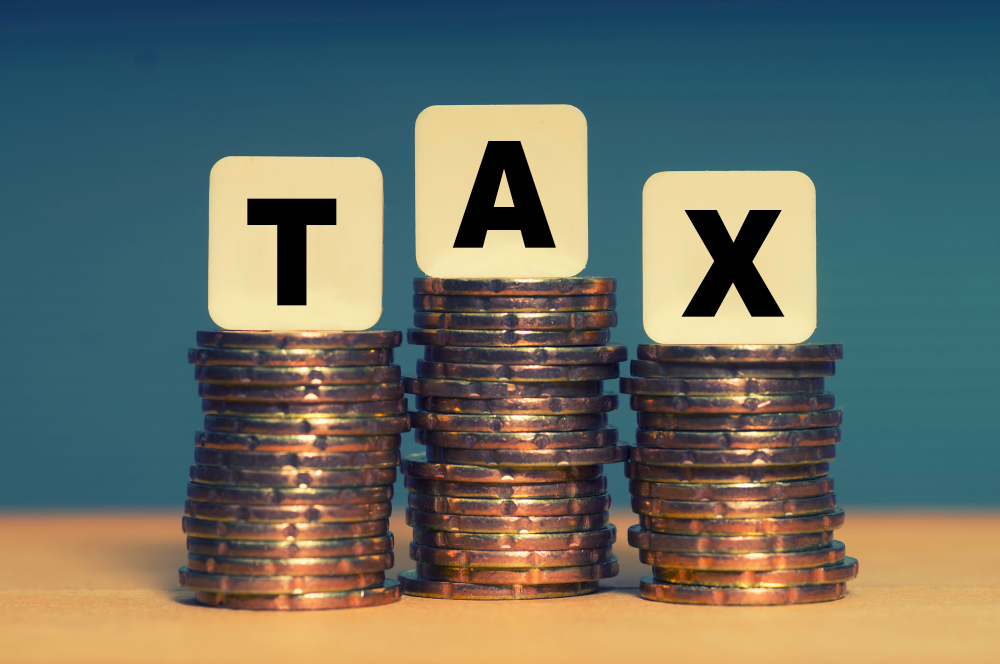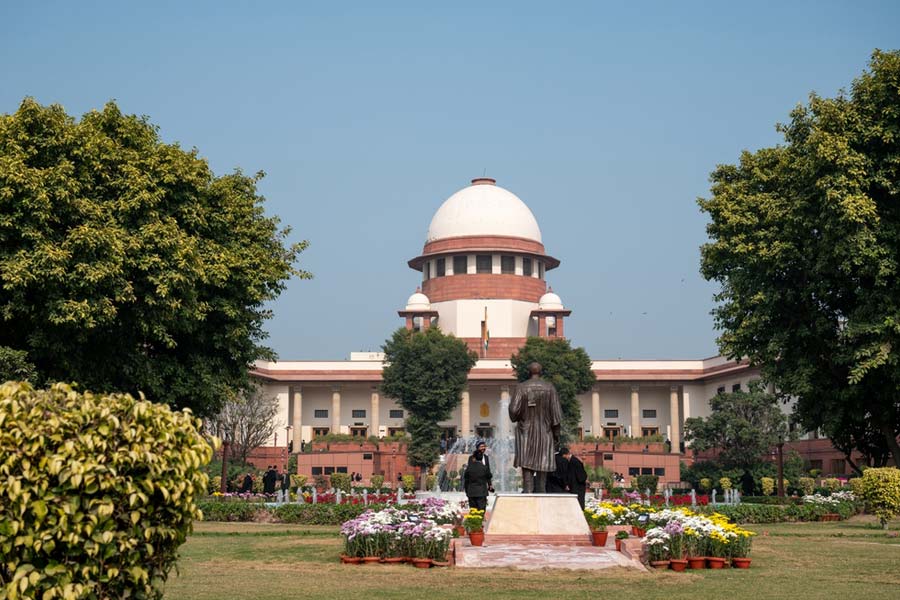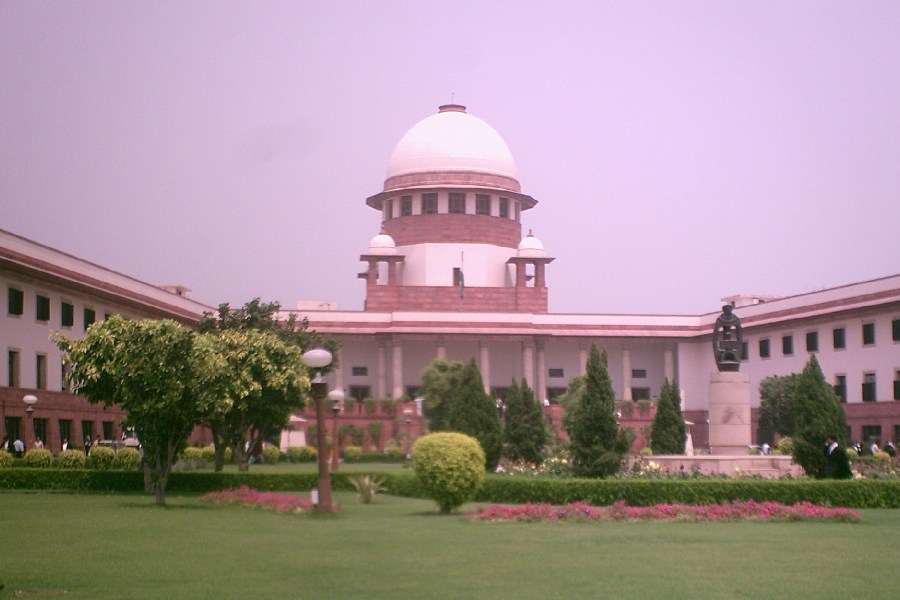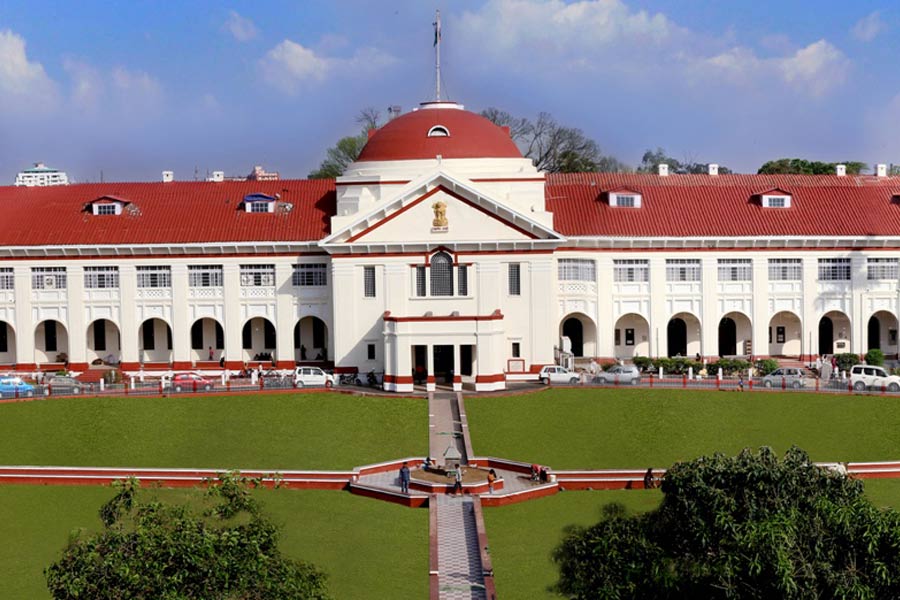The effective rate of tax would be 25.17 per cent inclusive of surcharge and cess for those companies which do not avail themselves of any exemption and incentives. However, the rate works out to be more than what companies pay after availing themeselves of exemptions.
Tax experts said each company would have to weigh the advantage of shifting to the new rate of 22 per cent with effective rate of 25.17 per cent or stick to the existing rate and take advantage of the lower MAT rate of 15 per cent from the existing 18.5 per cent. According to the budget documents, effective tax rate is the ratio of total taxes, including surcharge and education cess but excluding dividend distribution tax, to the total profits before taxes.
Jiger Saiya, partner & leader/ tax & regulatory services, BDO India, said, “Effective tax rate would depend upon the tax holidays or incentives claimed by a company. It would also be relevant to read the fine print to understand which exemptions and incentives are referred to in the proposed scheme.” Besides, a company would have to assess how their decision to opt for a lower tax rate would impact their accumulated MAT credit. “Thus, every company may need to assess the effect before they make a decision,” Saiya said.

Kumarmanglam Vijay, partner, J. Sagar Associates, said most of the large companies in service industry have high effective tax rates. Private sector banks have the rate at 30-34 per cent, large tech companies at above 25 per cent and cement companies at close to 30 per cent. “Thus the proposed cut is real and significant and should help the companies grow and compete in an uncertain economic environment.”
Decision to vary across companies
Hitesh. D Gajaria, partner and co-head of tax, KPMG, in India, said the decision on whether to opt for the new regime may differ from company to company. Among other things, this may depend on factors such as the specific incentives being claimed, the impact of the reduced MAT rate as well as the availability of MAT credits.
Ashok Shah, partner, N.A. Shah Associates LLP said companies having turnover of less than Rs 400 crore will still be able to claim all exemptions/incentive which are available and pay tax at the rate of 25 per cent. In the alternative, such companies can opt to pay tax at the rate of 22 per cent without claiming any exemptions or incentives. Since the gap is only 3 per cent for companies availing tax benefit/incentive, the benefit may be marginal. “Companies having turnover of over Rs. 400 crore will see larger benefits,” he said.










